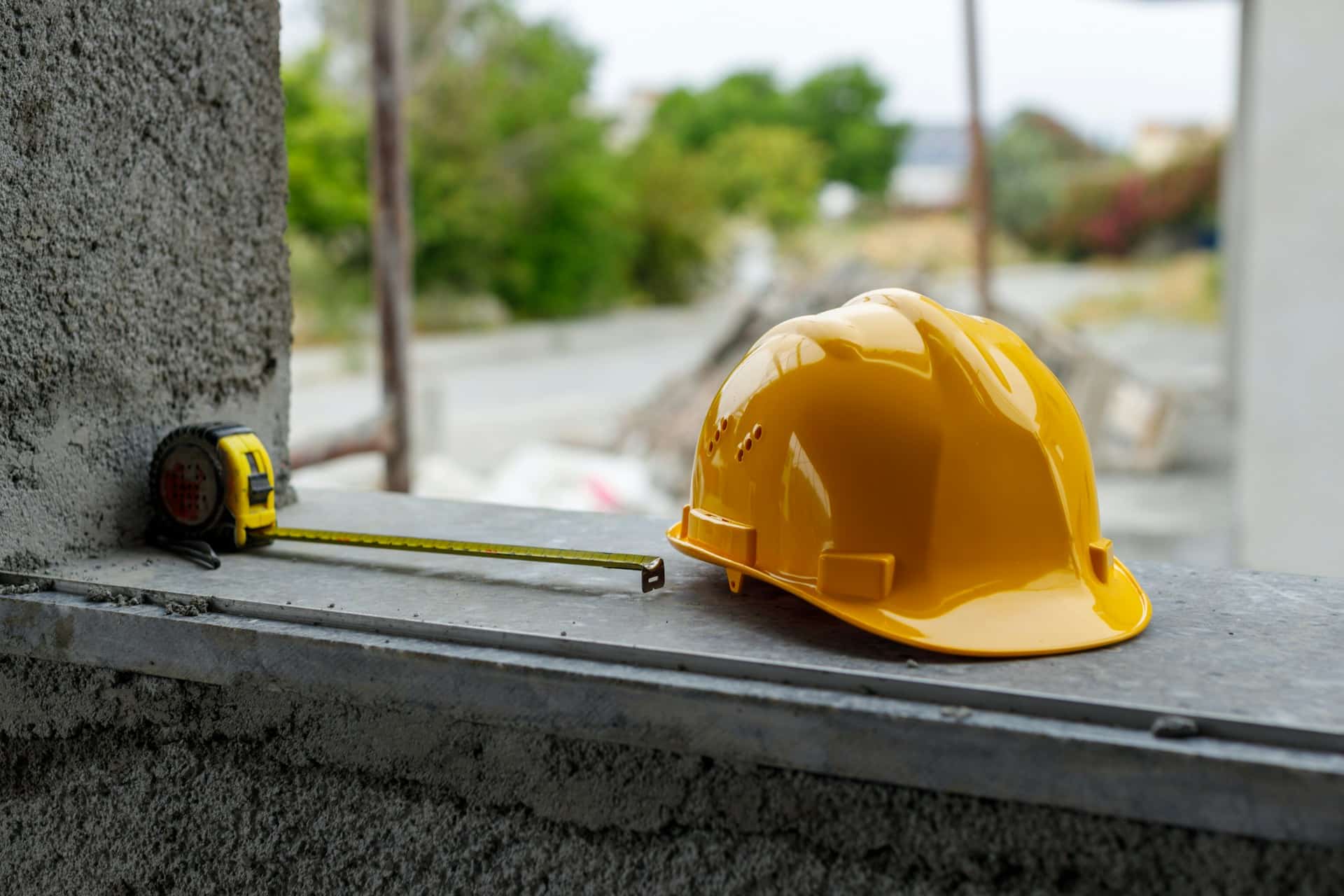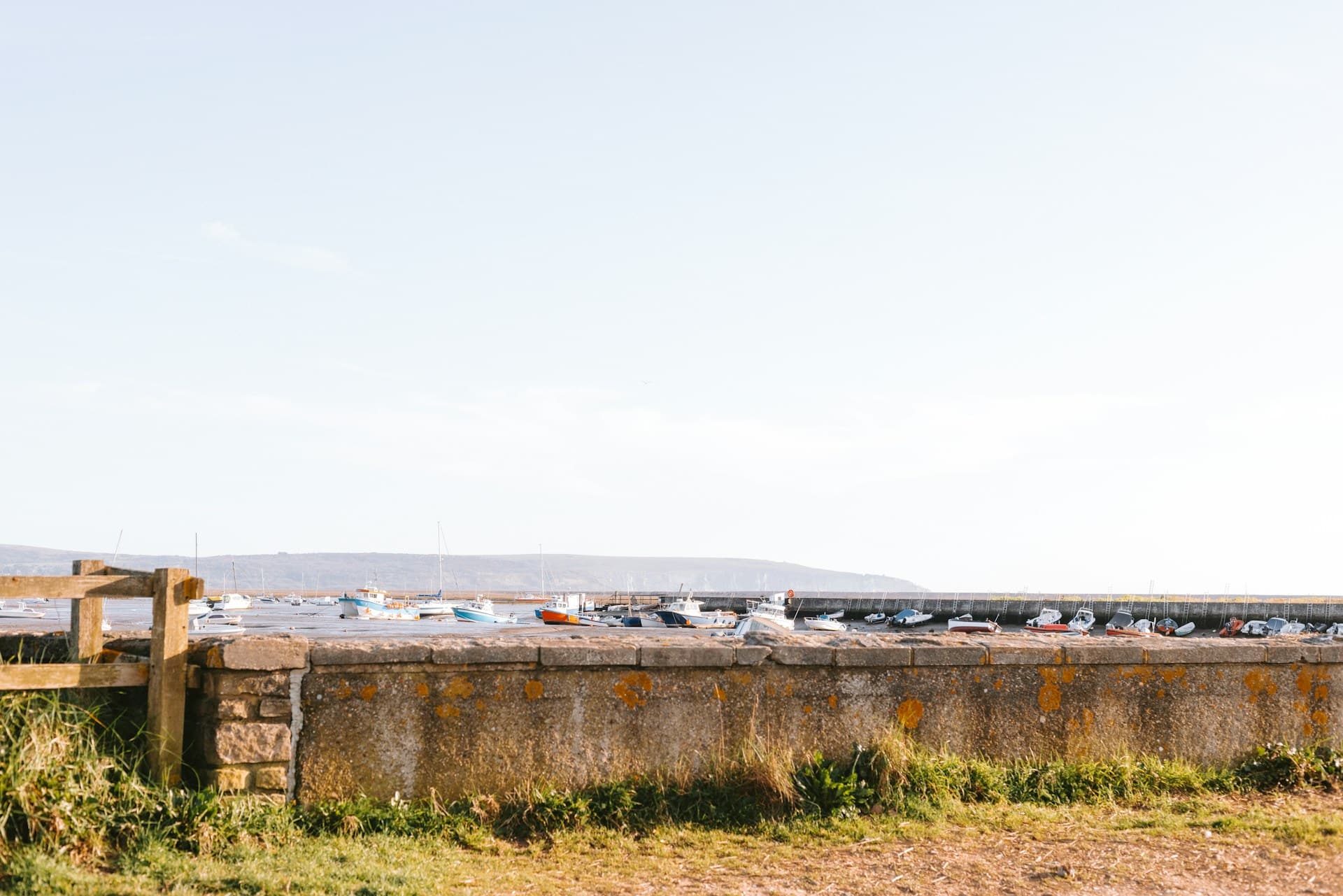A geotechnical site investigation is a process of collecting information and evaluating the conditions of the site for the purpose of designing and constructing the foundation for a structure, such as a building, plant or bridge. A geotechnical site investigation in permafrost regions is more complex than in southern temperate climate regions because:
- potential presence of ice within the soil or rock whose properties are temperature and salinity dependent.
- climate change is warming the ground thereby decreasing the strength of the frozen ground and eventually thawing it.
- the presence of saline soils in coastal areas.
Good planning for and management of a geotechnical site investigation is the key to obtaining sufficient and correct site information for designing a structure in a timely manner and with minimum cost for the effort needed. The effort and detail of the geotechnical site investigation to obtain sufficient and correct site information to select and design a foundation for a building in permafrost is complex. It depends on:
- design criteria of the proposed structure.
- historic knowledge of general site conditions and building performance.
- drilling equipment availability.
- time of year the work needs to be done may determine the geotechnical site investigation method.
- the overall costs.
What is the Process of Creating a Geotechnical Report?
The collection of geotechnical data and the preparation of a geotechnical report for a proposed structure should be considered in four activities:
- Project definition prepared by the owner in conjunction with an architect, if selected. The project definition consists of architectural/engineering foundation criteria such as: loading and settlement, on or above-ground structure, the service life of the structure and proposed design/construction schedule.
- Preliminary site assessment and selection of likely foundation design(s) based on published literature and knowledge of the geotechnical consultant of the site. This study may include a site visit by a geotechnical engineer with permafrost experience.
- Geotechnical site investigation (test holes and sampling) and laboratory testing to establish soil characteristics.
- Geotechnical report preparation.
Step 1 – Building Design Concept Definition
The first step in a geotechnical investigation is the concept design of the building by the client and architect/engineer. This information is required for setting the terms of reference for a geotechnical site investigation and enables the geotechnical consultant to understand the specifics of the proposed structure. Information that should be addressed is: Building description; location, size, configuration (number or stories), above or on ground. And a general site plan with the building outline. Ancillary works (utilities) and structures Schedule limitations
At this stage the building developer and architect/engineer should select a geotechnical consultant to carry out the geotechnical site investigation in two stages;
- preliminary site evaluation
- detailed geotechnical site investigation with test holes
Step 2 – Preliminary Site and Project Evaluation
The geotechnical consultants should gather available information in the client’s domain, the consultant’s office, published geological reports and maps to prepare a preliminary assessment of the site and suggest suitable foundation design options for the proposed structure. The amount of information available will vary with each site.
The geotechnical consultant shall summarize and assess the following information:
- Surface soil and bedrock
- Likely site strata position and hydrology
- Climate, design air temperature and likely climate warming rate and mean annual ground temperature and annual thaw depth
- Surface hydrology and hydrogeology that may impact the building foundation
- Availability of granular construction material for foundation base and grading
- Potential foundation options and local precedents, if any
This information could be used to either evaluate the favored foundation design, and if necessary, advise of alternative design options, or identify a likely foundation design. The results of this summary and discussion with the building developer and architect/engineer will lead to the acceptance of a detailed geotechnical site investigation program.
Step 3 – Geotechnical Site Investigation and Laboratory Testing
Site characterization provides an understanding of the formation of the underlying ground and its likely properties and homogeneity. This work should be done in the preliminary site evaluation (Step 2) since it will guide the development of the geotechnical field site investigation and assist in interpreting the results of the information obtained in the detailed investigation
Step 4 – Analyses and Geotechnical Report Preparation
The content of a geotechnical site investigation report depends on the requested terms of the investigation, the magnitude, and complexity of the structure, and the site condition. Therefore, contents and detail of the reports may vary. The following outline provides a general table of contents based on literature and the writer’s experience. It is suggested the report should be based on:
- Structure information/requirements and building engineering design provided by the architect/design engineer.
- Stratigraphy and properties obtained from investigation and laboratory testing appropriate to the structure requirements and site complexity.
- Testing and classification of the soils be based on internationally recognized standards.
- Engineering properties and foundation design requirements to take into consideration the service life of the proposed structure and the potential impact of climate warming.





